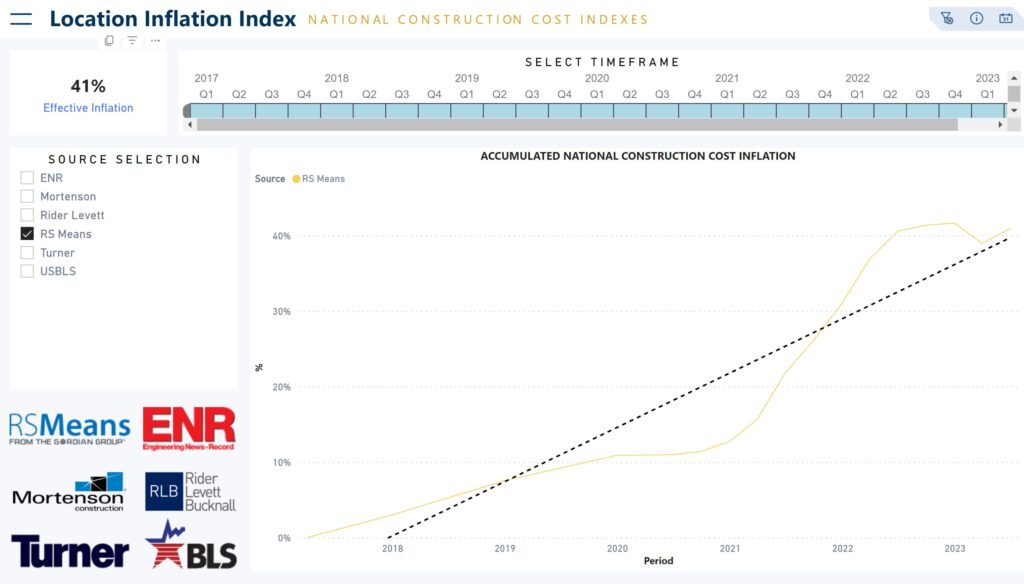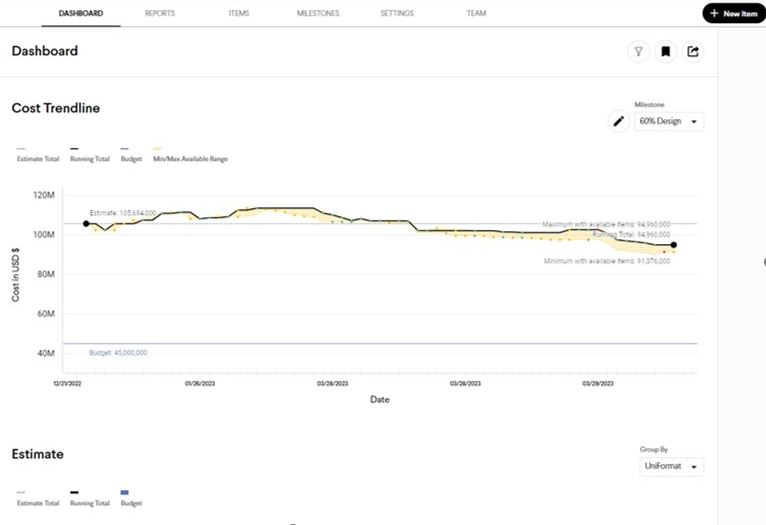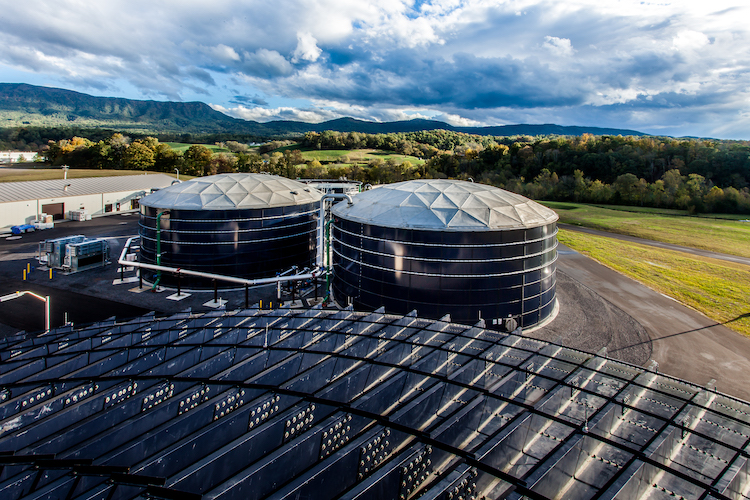It is well known that the economic conditions of the last few years presented enormous global challenges across multiple industries. Supply chains have been strained to their breaking point and costs of goods climbed to their highest levels. These uncertainties were (and still are) a moving target and posed unbelievable challenges, especially in the construction industry.
Nationwide, the effective inflation rate in the construction industry from 2017 through Q1 2023 was 41%, with 27% occurring since the start of 2020 (according to RS Means Construction Inflation Index). Coupled with rising construction costs during this time frame, lead times of mission-critical materials and equipment stretched to unpredictable lengths, putting project completion dates at risk, in addition to project costs.

Source: Haskell Business Intelligence Program, data sourced from RS Means
As the construction market responded, many owners faced significant project cost and schedule increases with limited visibility into where changes originated or where they were headed. Those engaged in design-bid-build project delivery experienced a risk shift from contractor to owner. Contingency, lead-time constraints, and escalation costs were passed straight through. And depending on project stage, owners were left with few options to consider.
In these changing conditions, owners using collaborative project delivery methods experienced something different. Engineers, contractors, suppliers, and owners put their heads together to develop solutions, not pass the problem on to someone else. Alternative construction materials and equipment were explored to shorten lead times and reduce costs while meeting the specified standards. The cost transparency that comes with collaborative delivery allows the team to see behind the curtain, identify areas of opportunity, and better forecast outcomes. Construction schedules were also sequenced to absorb lead-time challenges and keep projects on track. Collaborative delivery teams work together as an integrated team to solve problems.
One of the most impactful components of collaborative delivery is the cost transparency that comes with it. The open-book nature of the delivery method provides visibility into all project costs, not just some. Early and accurate knowledge of project costs allows for informed decision-making and forecasting, which is paramount in ensuring success.
This transparency is especially powerful during preconstruction. General conditions are reviewed in detail to determine appropriately sized project teams, time allocated to management and field operations, and all necessary indirect costs. Equipment and material bids are compared to ensure adherence to the design intent and lead times are also considered. In collaborative delivery, the contractor will prepare an early procurement plan, aligned with design milestones, that identifies critical equipment and materials. This will also calculate any required early allocation of project funds months before having design sufficiently complete to submit a total final project cost. Once the critical equipment and materials are identified and reviewed, purchases are made to ensure schedule risk and further cost escalation is mitigated. These early purchasing decisions are made easier by preliminary estimating efforts that progress in parallel with design development, keeping an eye on the trajectory of the total project cost.
During preconstruction, the team also analyzes subcontractor bids and makes a joint selection based on best value. This also allows them to flush out any built-in subcontractor contingencies and manage them separately to reduce overall costs in the form of contingency on top of contingency. In all project phases, trending logs are used to view and manage cost trends and their associated risks. All scope changes and additions are granularly visible and produce real-time project budget updates. Awareness of the overall budget trend again allows for informed decision-making, eliminating surprises. In collaborative delivery, financials are reviewed regularly and provide transparent accounting that you don’t see in other delivery methods.

Source: Join Software Join | Collaborative Project Delivery Platform, data sourced from actual Haskell WTP project cost trendline
At project closeout, recognized savings can be returned to the owner in the form of shared savings. This aligns all parties on the collaborative delivery team to the same goal providing mutual benefit. Shared savings might sound like a fairytale, but we can assure you it is a reality with a collaborative delivery approach.
In an uncertain market, teams are required to work together more than ever. Collaborative delivery aligns all parties with the same goal. It establishes a culture of transparency, risk awareness, and the desire to innovate for certainty of outcome. With all the variables out there, the benefits of collaborative delivery are unmatched by other methodologies. Why wouldn’t you choose to work as a collaborative team and de-risk your project?

